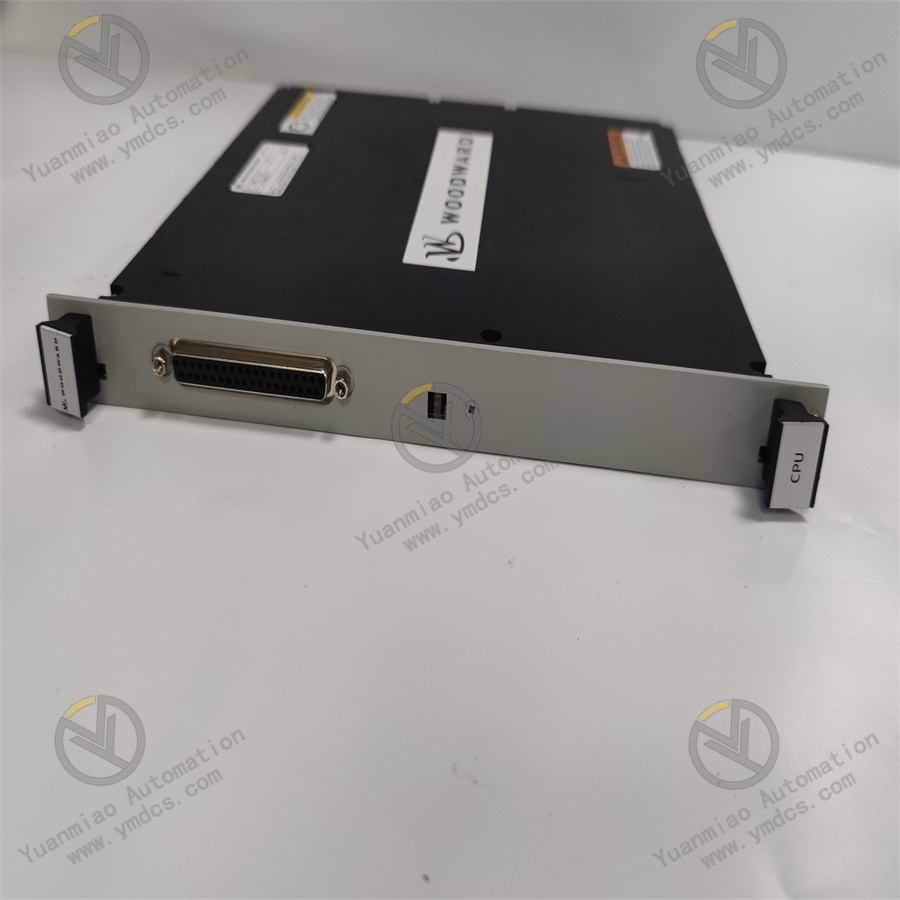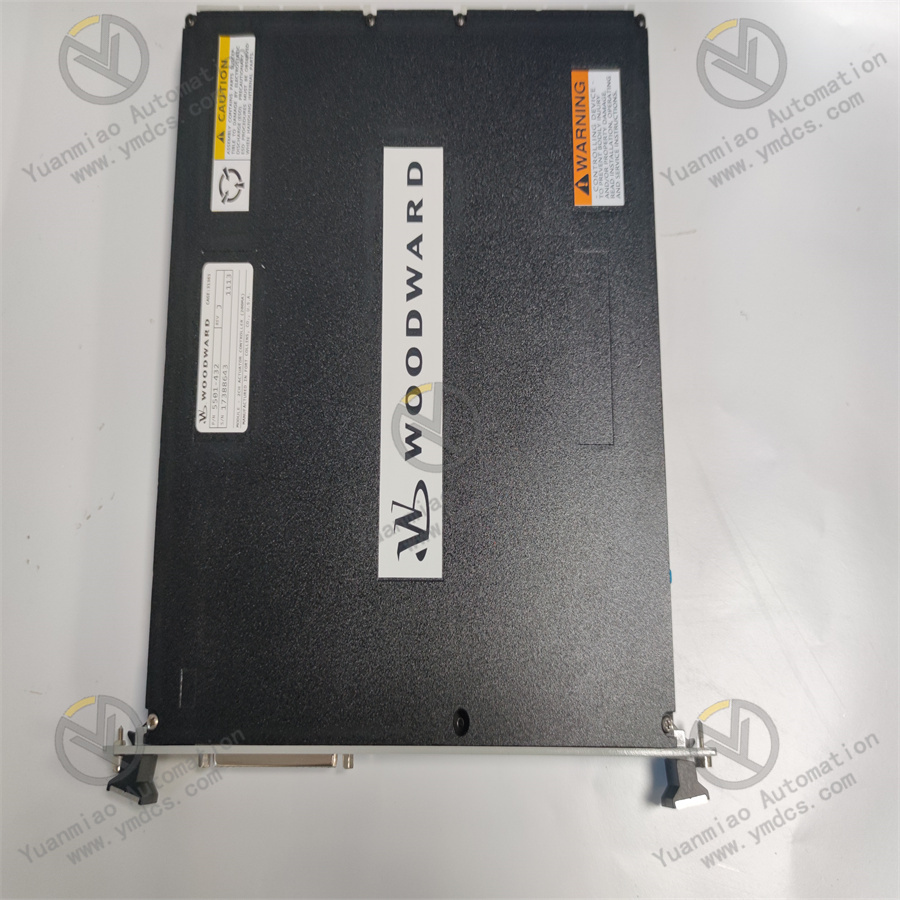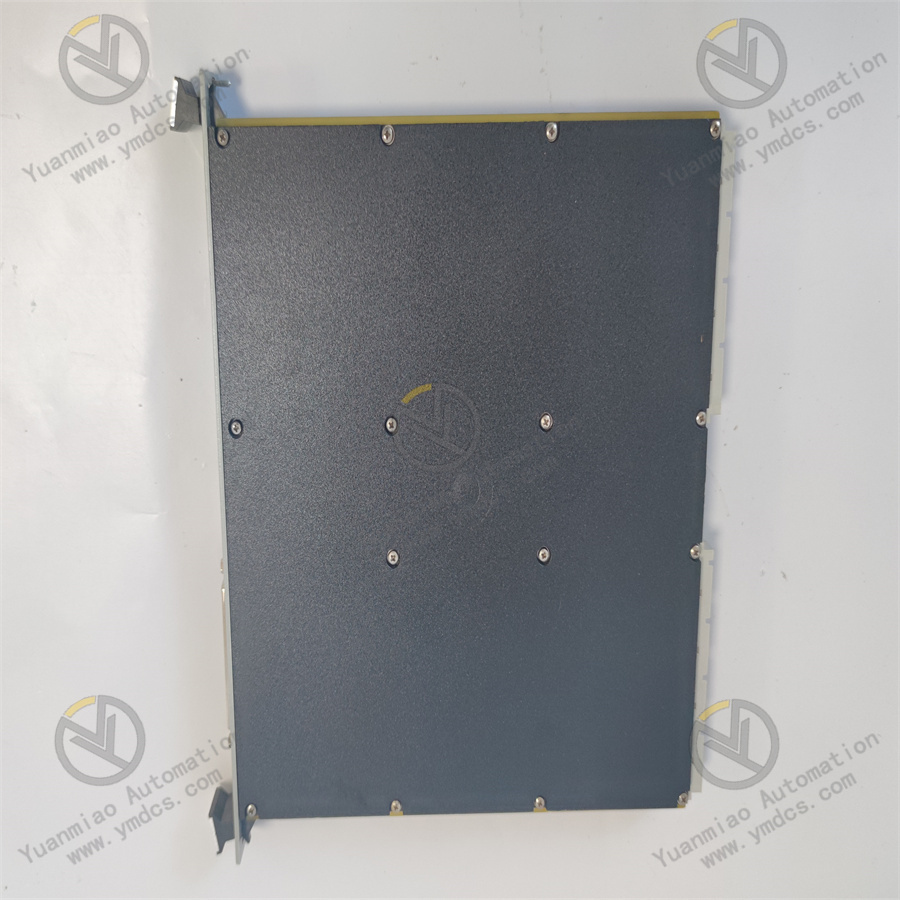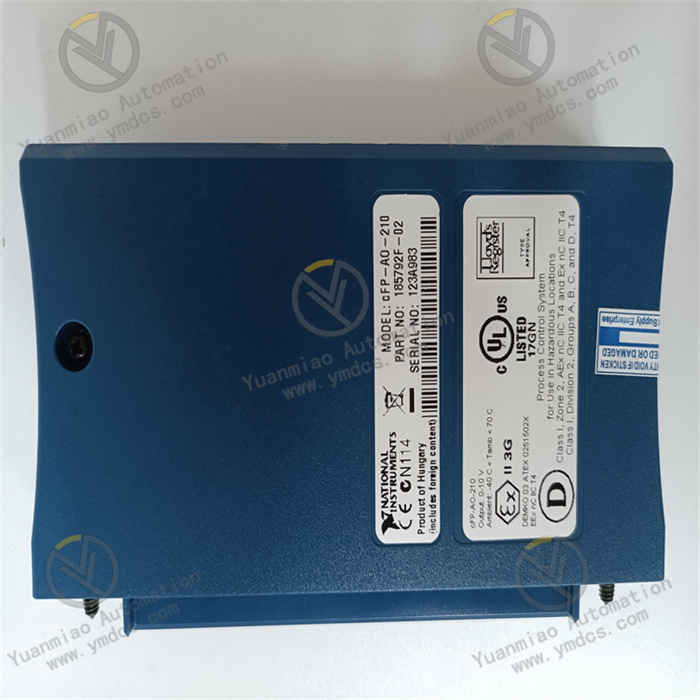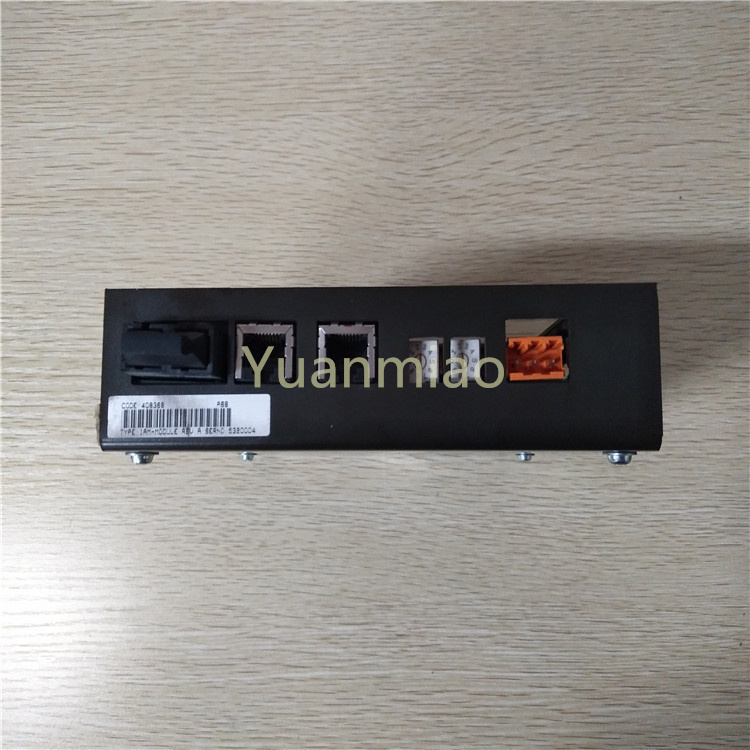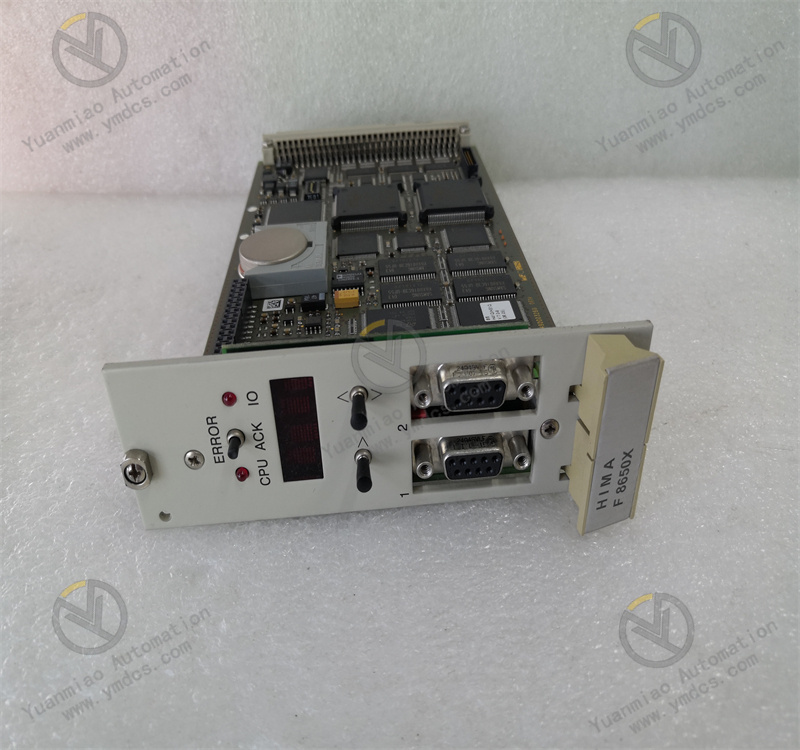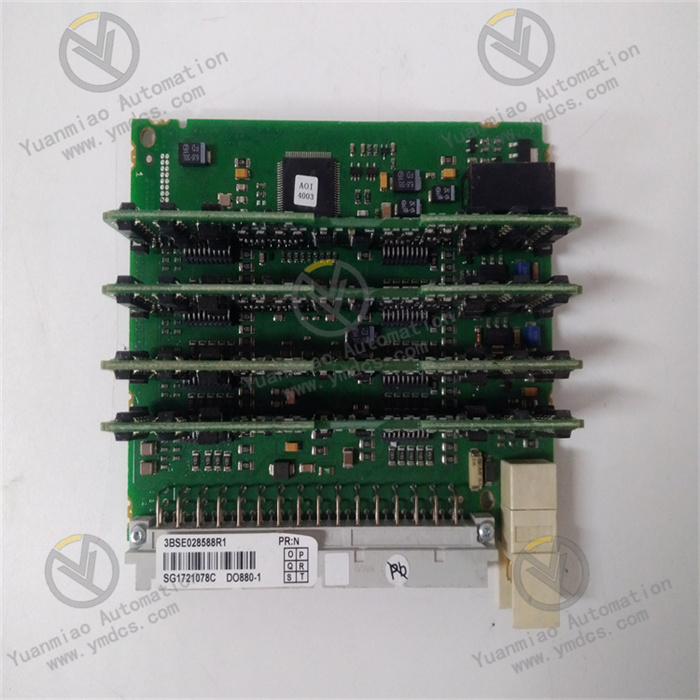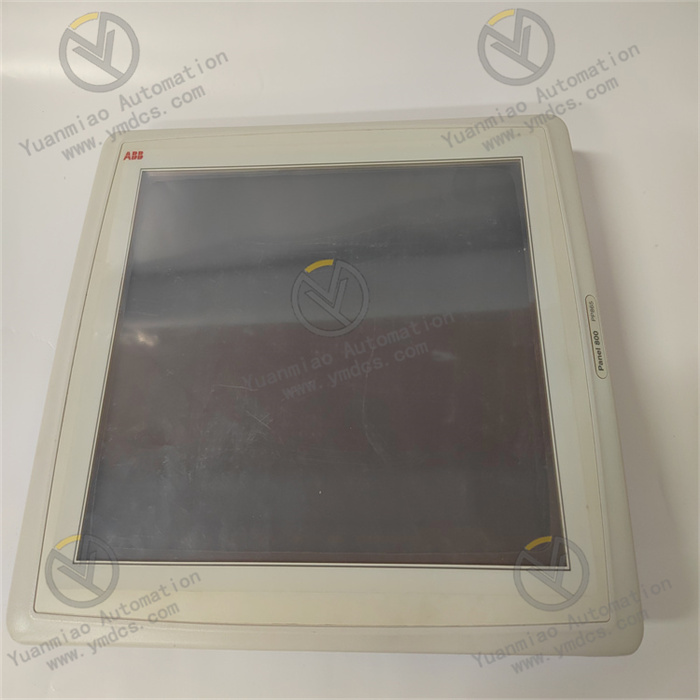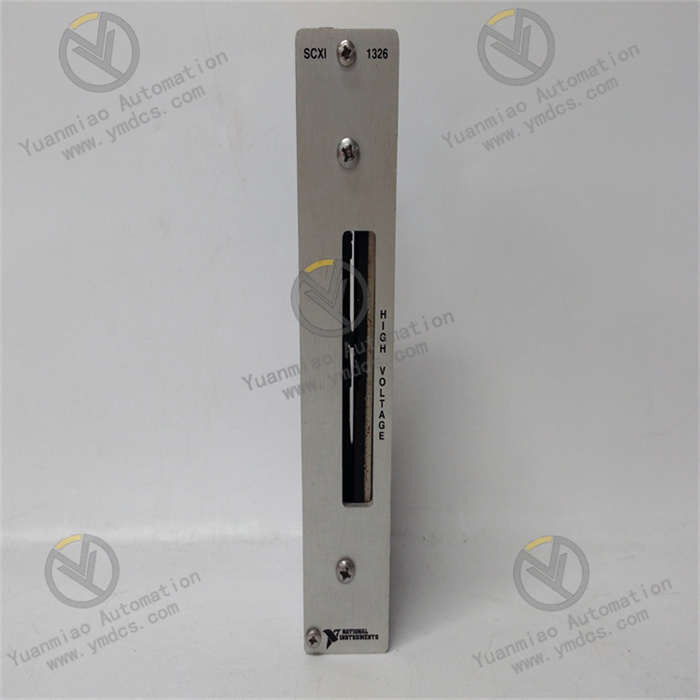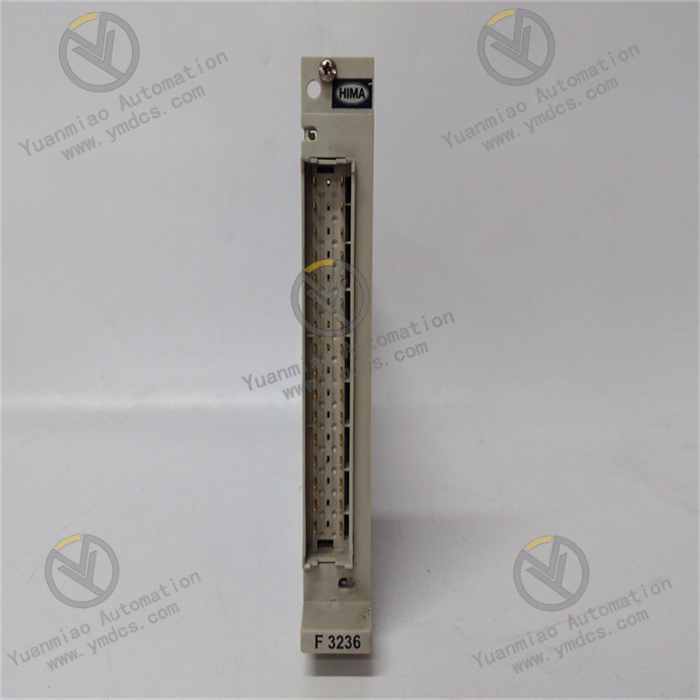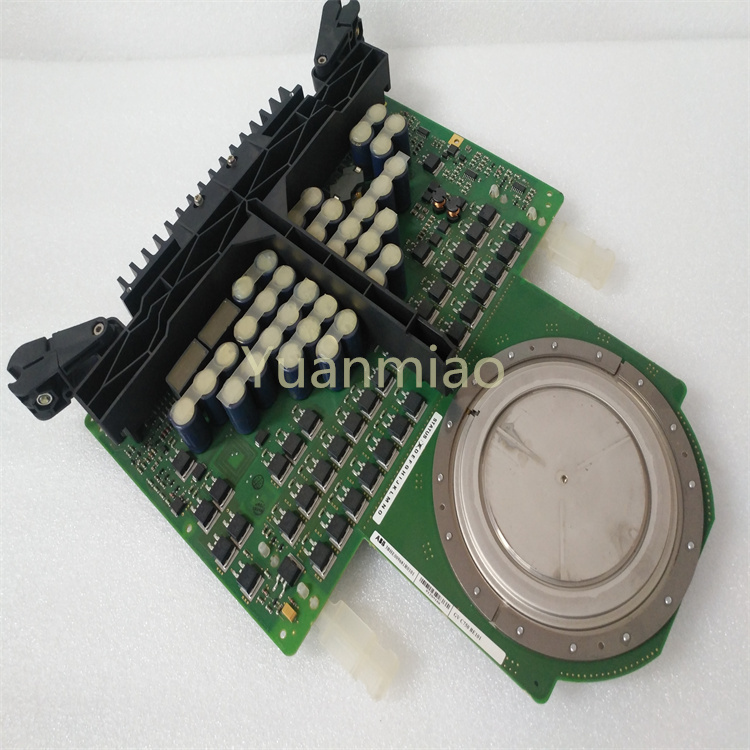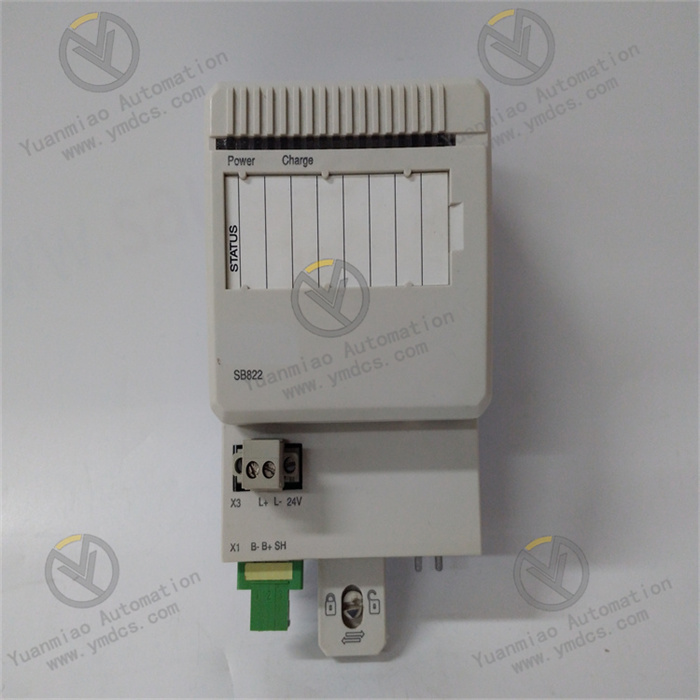Description
Product Overview It is usually a device or component used in the field of industrial control, such as a controller, sensor, or related electronic module. Its specific functions depend on its application in a particular system.
Features High-precision control: Woodward's products are usually renowned for their high-precision control. The 5501 - 432 may possess precise measurement and adjustment capabilities, enabling accurate control of relevant parameters to meet the strict requirements of the industrial production process. High reliability: Utilizing high-quality materials and advanced manufacturing processes, it has high reliability and stability. It can operate stably for a long time in harsh industrial environments, reducing equipment failures and downtime. Strong compatibility: It may be designed to be compatible with various industrial systems and devices, facilitating integration into different automated control systems. It can work in collaboration with devices of other brands, improving the overall performance of the system. Flexible configuration options: To meet the needs of different users, it may provide various configuration options and parameter settings. Users can flexibly configure it according to specific application scenarios and control requirements to achieve personalized control solutions.
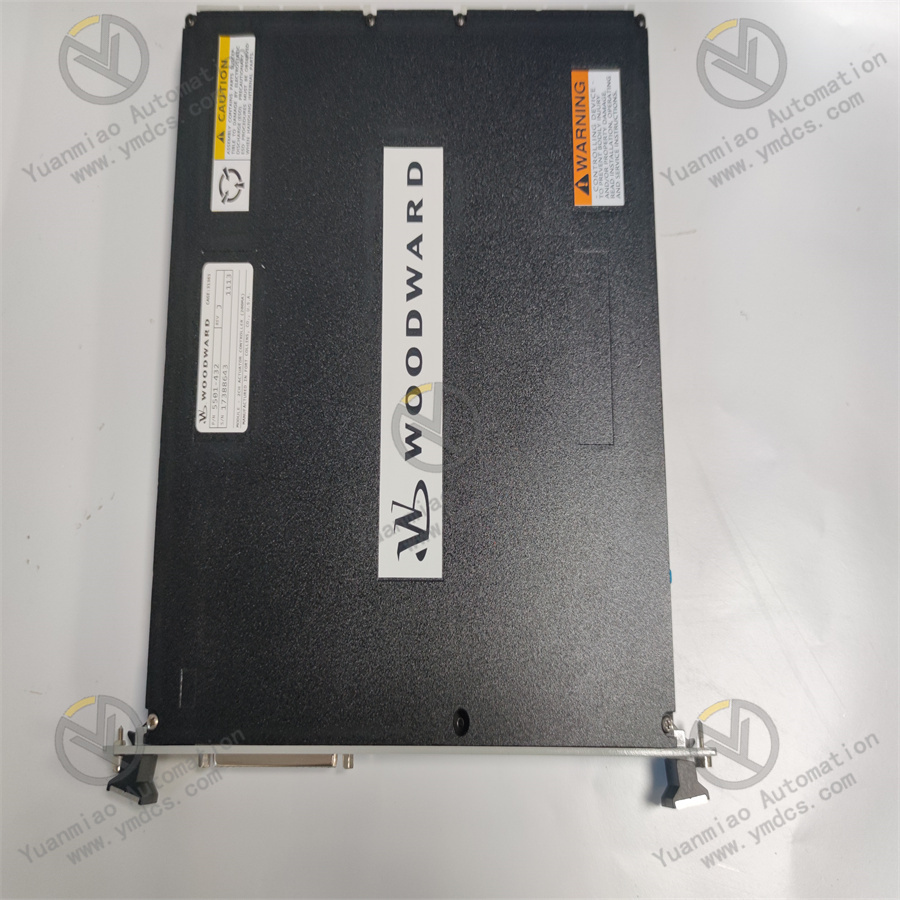
Technical Parameters
Input and output signals: It may support various types of input signals, such as analog inputs (e.g., voltage and current signals), digital inputs, etc., to receive signals from sensors or other devices. At the same time, it has corresponding analog outputs and digital outputs for controlling actuators or sending commands to other devices. The specific signal range and accuracy are determined according to the specific specifications of the product.
Operating voltage: Generally, it has specific operating voltage requirements. Commonly, it may be 24V DC or other standard industrial voltages to ensure that the device can operate normally and be compatible with other systems.
Communication interfaces: It may be equipped with various communication interfaces, such as RS - 485, CAN bus, etc., to facilitate data communication and remote monitoring with the host computer or other controllers, achieving system integration and networked management. The communication protocol may follow relevant industrial standard protocols to ensure compatibility with different devices.
Operating temperature range: It usually has a wide operating temperature range, for example, from - 20°C to + 70°C, to adapt to different industrial environmental conditions. It can maintain stable performance and reliability in high or low-temperature environments.
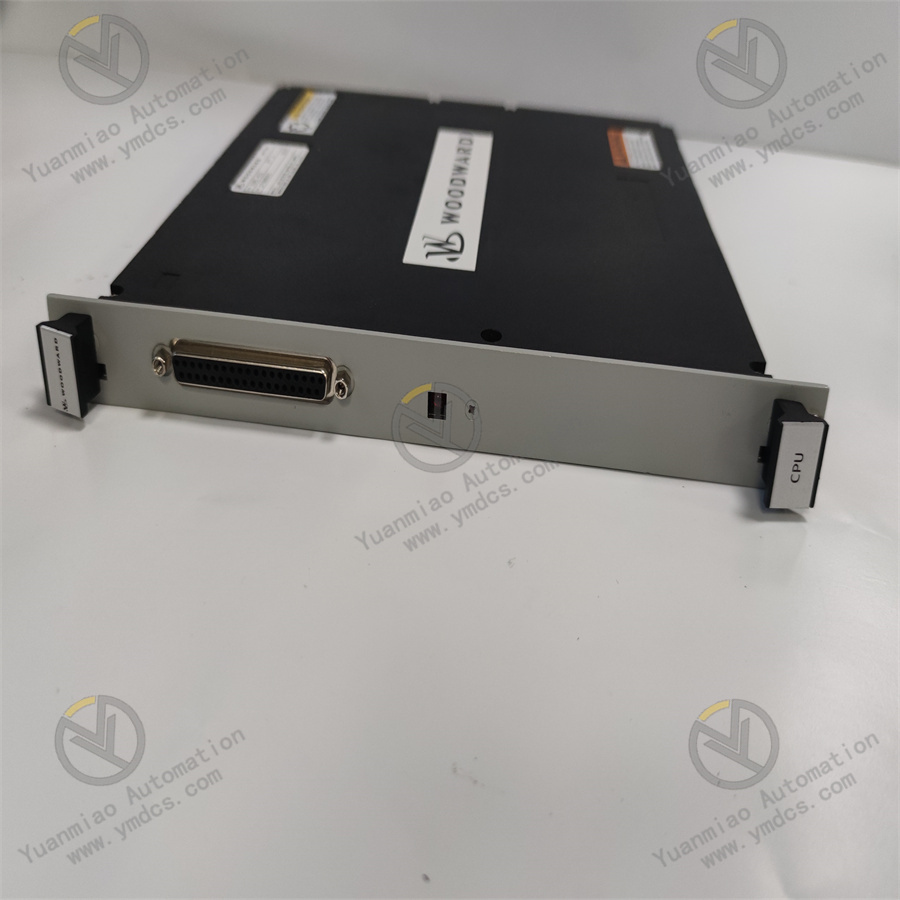
Application Scenarios
Industrial automation: It can be used in various industrial automation production lines, such as in industries like automotive manufacturing, electronic device production, food processing, etc., to control parameters such as temperature, pressure, and flow in the production process, achieving automation and optimization of the production process.
Power system: In power systems such as power plants and substations, it may be used for controlling the speed of generators, voltage regulation, power distribution, etc., ensuring the stable operation of the power system and efficient power generation.
Heating, Ventilation, and Air Conditioning (HVAC) system: In the HVAC systems of large buildings, it can be used to control the operating parameters of air conditioning units, such as temperature control, humidity adjustment, fan speed control, etc., to achieve a comfortable indoor environment and energy-efficient operation.
Chemical industry: In the chemical production process, precise control of various process parameters is crucial. The 5501 - 432 can be used to control parameters such as the temperature, pressure, and flow in chemical reactions, ensuring the safety of chemical production and the stability of product quality.
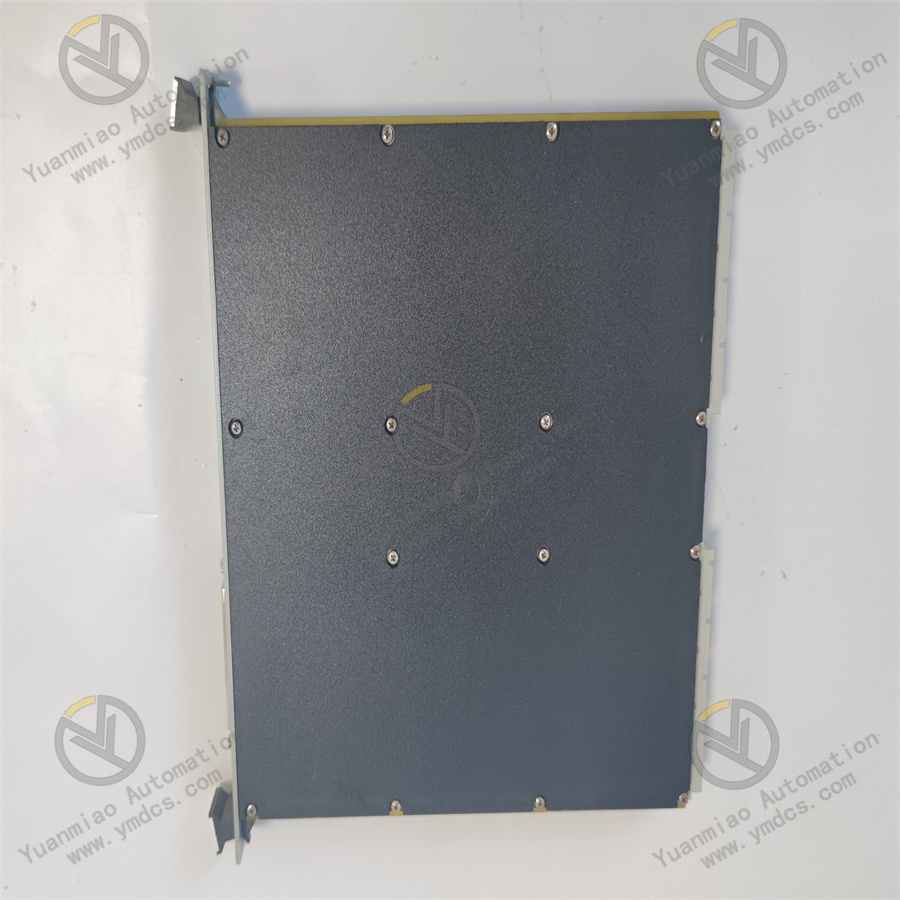
Common Faults and Solutions
Communication failure
Fault phenomenon: The device cannot communicate normally with other devices, such as being unable to connect to the host computer or experiencing communication data loss or errors.
Solution: Check whether the connection of the communication interface is firm, and whether there is looseness or damage. Confirm whether the communication parameter settings are correct, including the baud rate, data bits, stop bits, communication protocol, etc., to ensure consistency with other devices. Check whether the communication line is interfered with or damaged, and try to replace the communication cable or take anti-interference measures.
Abnormal control parameters Fault phenomenon: The control parameters output by the device do not match the set values, or cannot be stabilized near the set values, resulting in abnormal operation status of the controlled object. Solution: Check the connection and working status of the sensor to ensure that the sensor can accurately measure the controlled parameters. Check whether the control algorithm and parameter settings of the device are correct, and whether adjustments are needed according to the actual situation. Calibrate and debug the device to ensure its measurement and control accuracy.
Power supply failure Fault phenomenon: The device cannot start normally, or phenomena such as freezing and restarting occur during operation, which may be due to problems with the power supply. Solution: Check whether the power input is normal, and whether the voltage is within the specified range. Check whether the power module is damaged, and if so, replace the power module. Check whether there are problems such as short circuits or open circuits in the internal power lines of the device, and if necessary, repair or replace the lines.


